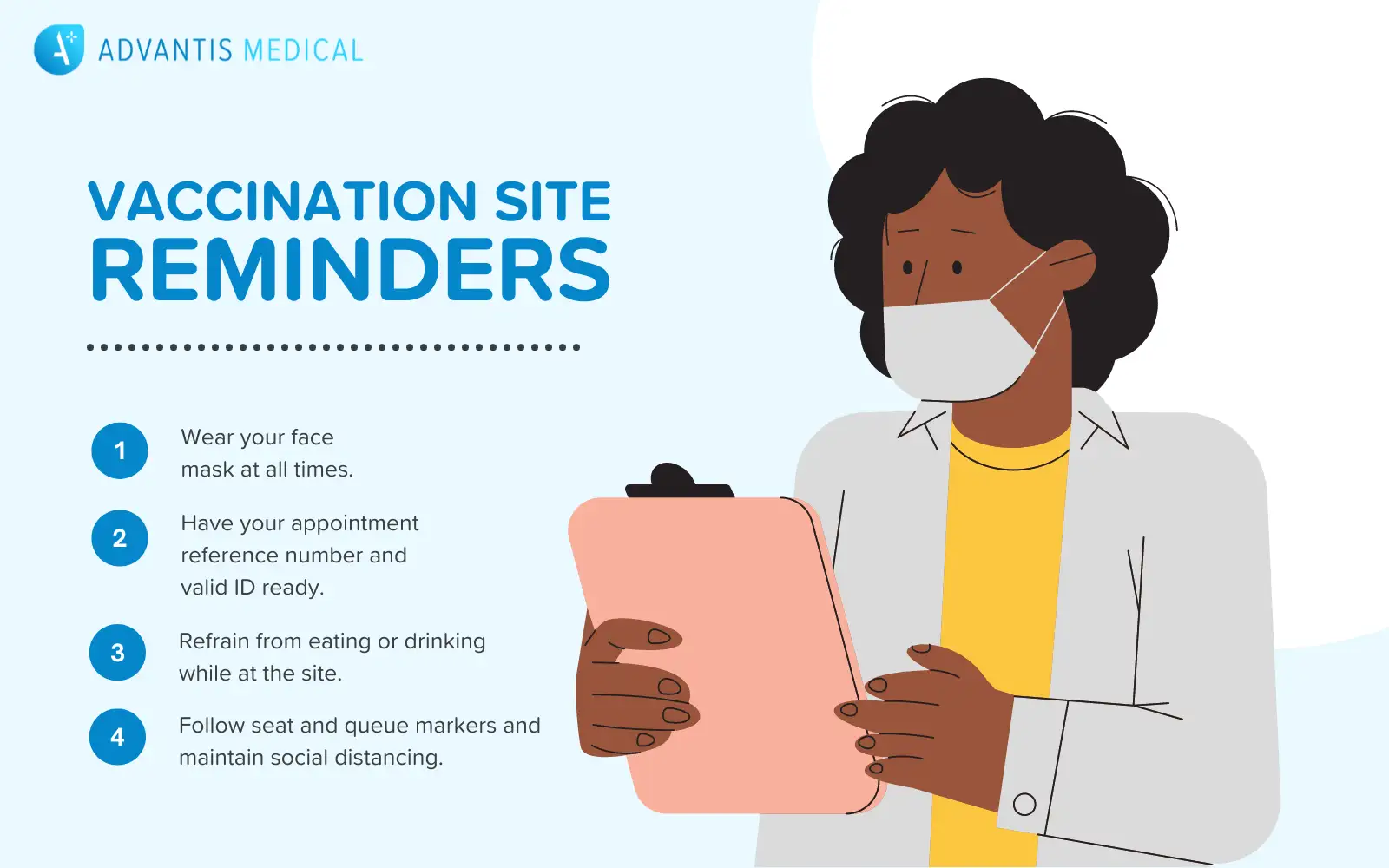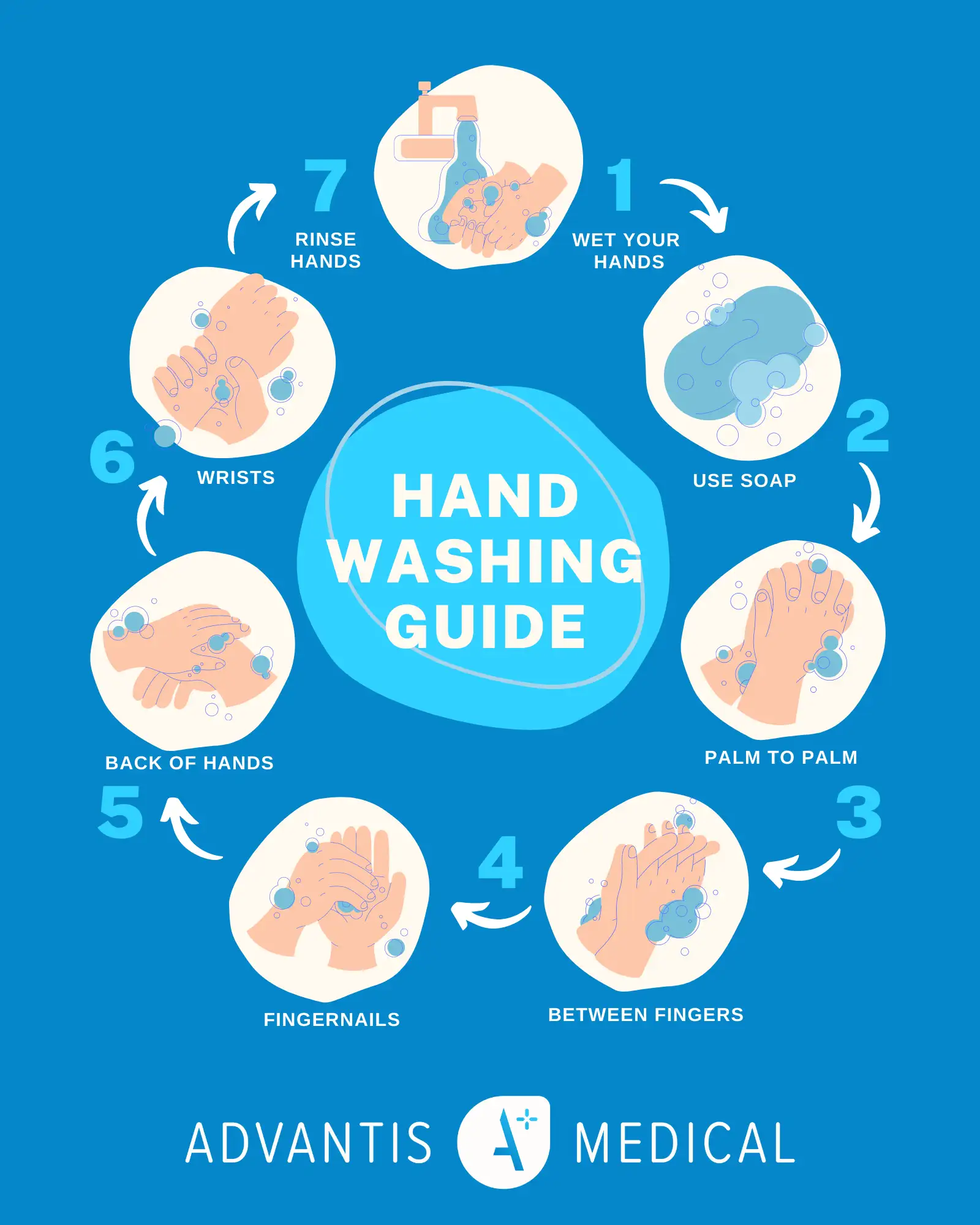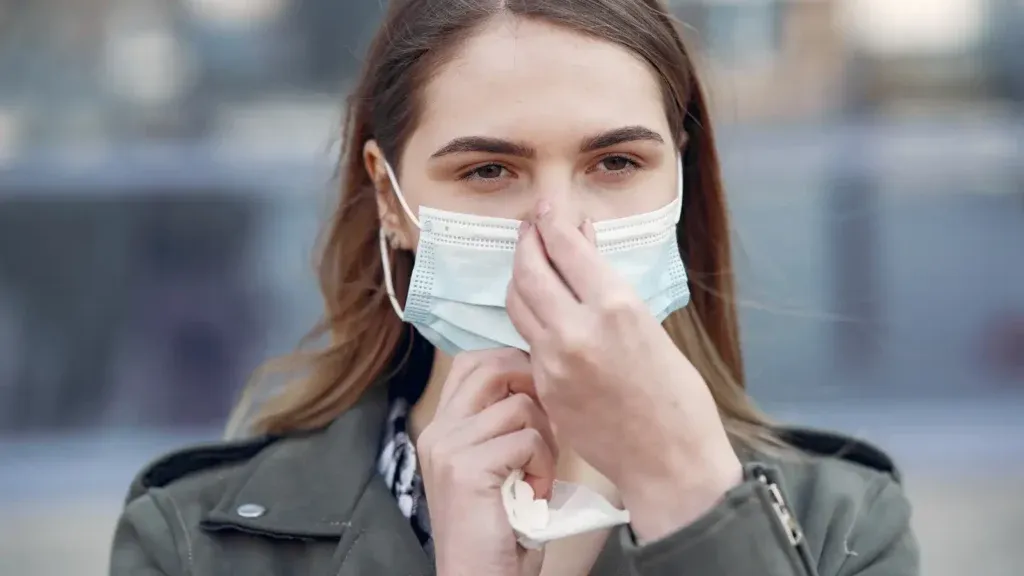Moving into the third year of the COVID-19 pandemic, concerns about both flu and COVID-19 are mounting as public health experts brace for a surge in cases for both viruses. This is on top of a widespread outbreak of respiratory syncytial virus (RSV), which is overwhelming children’s hospitals across the nation. And the same might be about to happen with flu cases.
Since 2010, the worst flu season infected 41 million Americans and killed 52,000 of them. Experts are already worried that flu season this year is going to be the worst we’ve seen in 13 years. And the convergence of the flu with COVID-19 and RSV surges complicates matters even further in what’s been dubbed a tripledemic. Here’s what you need to know about to prevent the flu and how you can prepare in advance.
When is flu season?
Flu cases follow a relatively predictable pattern every year. You can catch the flu any time of the year, but there’s usually an uptick in cases beginning in mid-October. It peaks in the winter months and can last through May, according to the Centers for Disease Control and Prevention (CDC).
However, flu season has been a little different so far this year. Cases began popping up earlier than expected, as have hospitalizations and deaths. And while these changes in flu incidence are happening all over the country, areas in the Mid-Atlantic and along the west coast are seeing the worst of it which is all the more reason to practice flu prevention strategies.
Different types of dominant flu strains
Flu season is somewhat unpredictable because there are so many different types and strains. Influenza types A and B are responsible for flu season in the United States, whereas Influenza C is usually more mild and isn’t spread as easily. Influenza A is also the only type that has ever caused a pandemic. Public health experts don’t usually worry about Influenza D because it mainly affects cattle.
Within each of these four types of the flu, there are many different strains. Each strain has a unique composition of hemagglutinin (H) and neuraminidase (N), which are proteins on the virus. Scientists use these proteins to identify each strain of the flu using an alphanumeric code.
Two of the most common strains are H3N2 and H1N1—both of which are influenza A strains. Both strains mutate each year, which is why you need a new flu shot at the beginning of each flu season alongside other flu prevention practices.
How to prepare for flu season
Since we’re still in the middle of the COVID-19 pandemic, and experiencing unexpected surges in RSV and flu cases, the stakes are really high as we approach winter. All three of these viruses have very similar symptoms, so your safest bet is to find ways to prevent the flu, RSV, and COVID-19.
Here’s how you can prepare for flu season to keep you and your loved ones healthy.
1. Get vaccinated
The best way to prevent the flu and COVID-19 is to get vaccinated. 2022-2023 seasonal flu vaccines protect against both influenza A and B, while scientists formulated the new COVID-19 bivalent booster to tackle the original and omicron variants. And if you happen to get sick despite getting vaccinated, you’re less likely to get seriously ill or die.

2. Wash your hands thoroughly
Respiratory viruses spread in several different ways. RSV, COVID-19, and the flu have significant droplet transmission. This means that droplets that form when you speak, cough, or sneeze can get into someone else’s mouth, nose, or eyes to make them sick. But these viruses may also spread when these droplets land on countertops, door handles, or other surfaces. Whoever touches an infected surface and then touches their eyes, nose, and/or mouth might also get sick.
The easiest flu prevention methods is washing your hands frequently and thoroughly to avoid getting one of these viruses. If you do get sick, washing your hands can help keep you from getting others sick too. The CDC has a comprehensive guide on handwashing that you might find helpful.

3. Wear a mask in public
Some people are under the impression that the COVID-19 pandemic is over, so mask wearing isn’t required in most places anymore. However, that doesn’t mean that you shouldn’t wear a mask when you go out. COVID-19 is still spreading, and this growing tripledemic with RSV and the flu are probably about to make matters a lot worse.
Wearing a mask in crowded outdoor and all indoor areas outside of your home is an easy, risk-free flu prevention option to slow transmission of respiratory viruses. N95 masks prevent the wearer from spreading viruses and from inhaling infected droplets from someone who is sick.

4. Stock up on COVID-19 rapid antigen tests
There aren’t many treatments available for viruses. People who get seriously ill are often treated for their symptoms while they wait for the virus to run its course. As a result, it’s best if you avoid going to the doctor if you suspect you have a virus, your symptoms are mild, and you’re low risk. Going to a doctor’s office or the emergency department just allows for further transmission.
Rapid antigen tests for COVID-19 help identify covid cases so you can quarantine at home. Stock up on them so you can isolate yourself should you get sick. And schedule a telehealth appointment with your primary care provider if you test positive for COVID-19, or suspect you have the flu or RSV. They can prescribe antivirals and provide medical advice based on your personal circumstances.

Advantis Medical makes flu season a breeze for travel nurses
Travel nurses provide support to healthcare facilities that are short staffed. The existing nursing shortage is primed to worsen since we’re grappling with an unprecedented situation: the tripledemic of COVID-19, RSV, and the flu. In preparation, Advantis Medical is prioritizing the health and safety of its travel nurses.
Travel nurses with Advantis Medical can coordinate their flu vaccine through Advantis. And if they get sick and need extended time off, we have unpaid FMLA to protect their jobs. Our comprehensive suite of benefits also includes health, dental, and vision insurance, 401k plans, and more.
Join the ranks of the best travel nurses in the business at Advantis Medical. Simply create a profile on AdvantisConnect, apply to your preferred opportunities, and we’ll take care of the rest.









